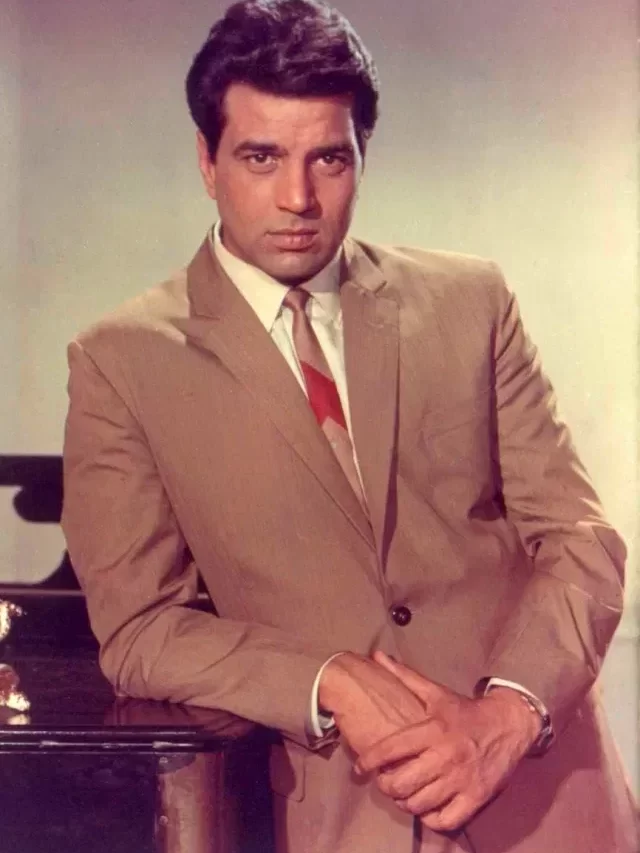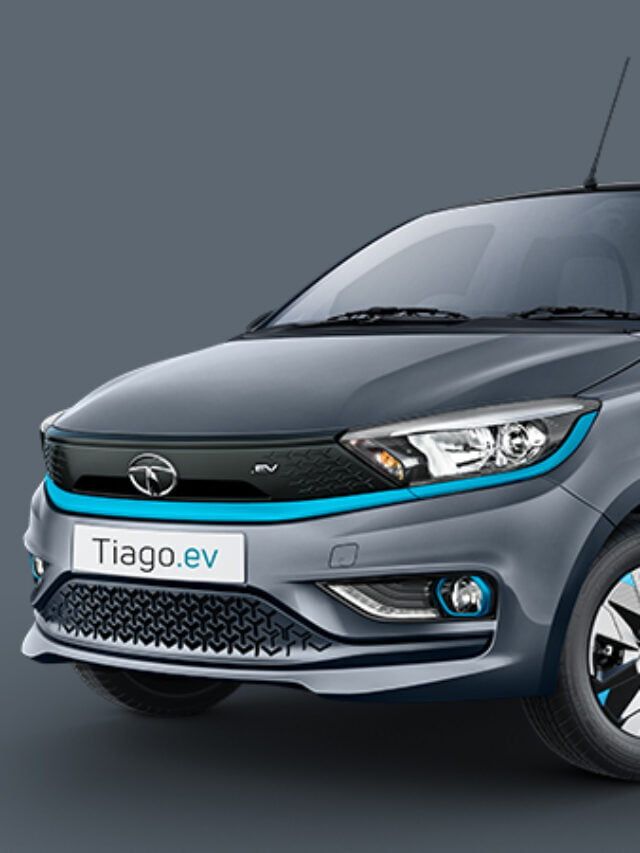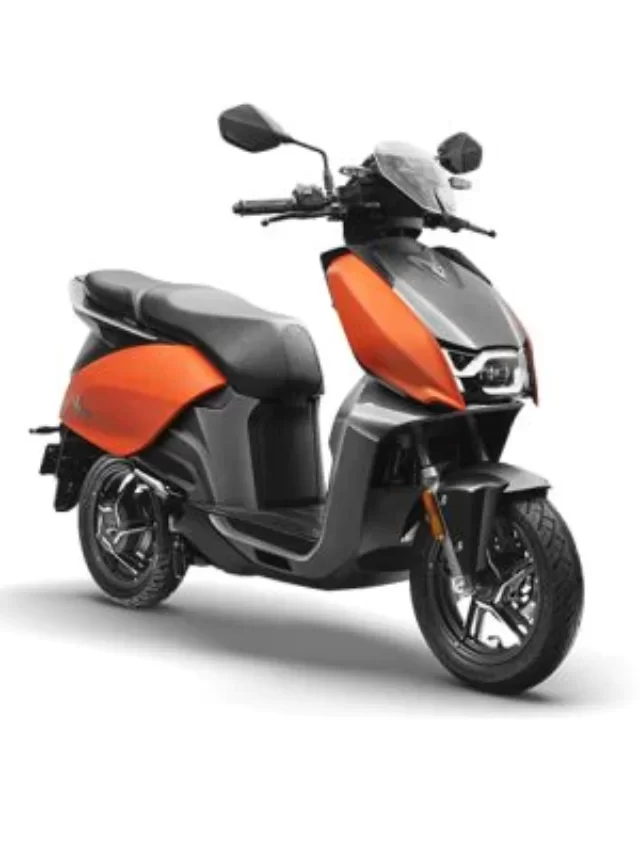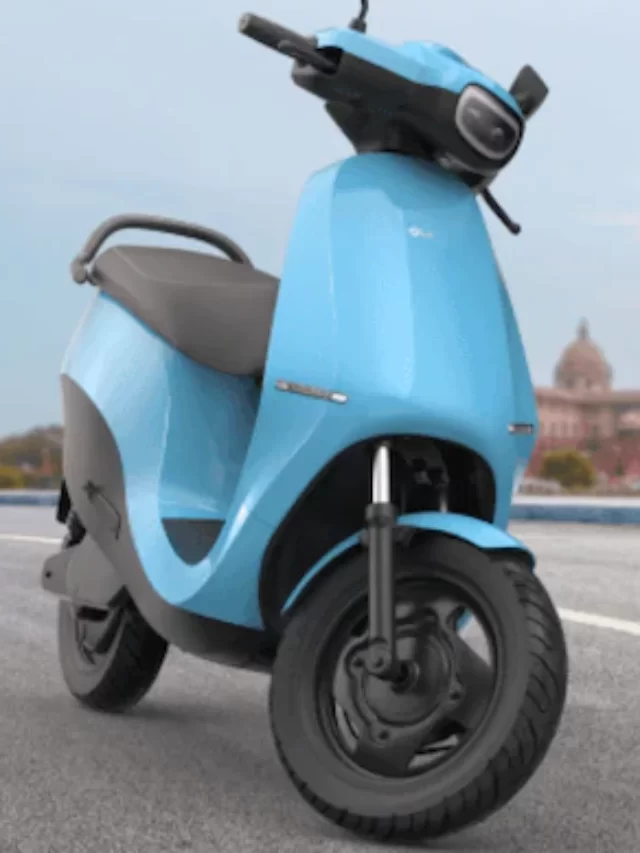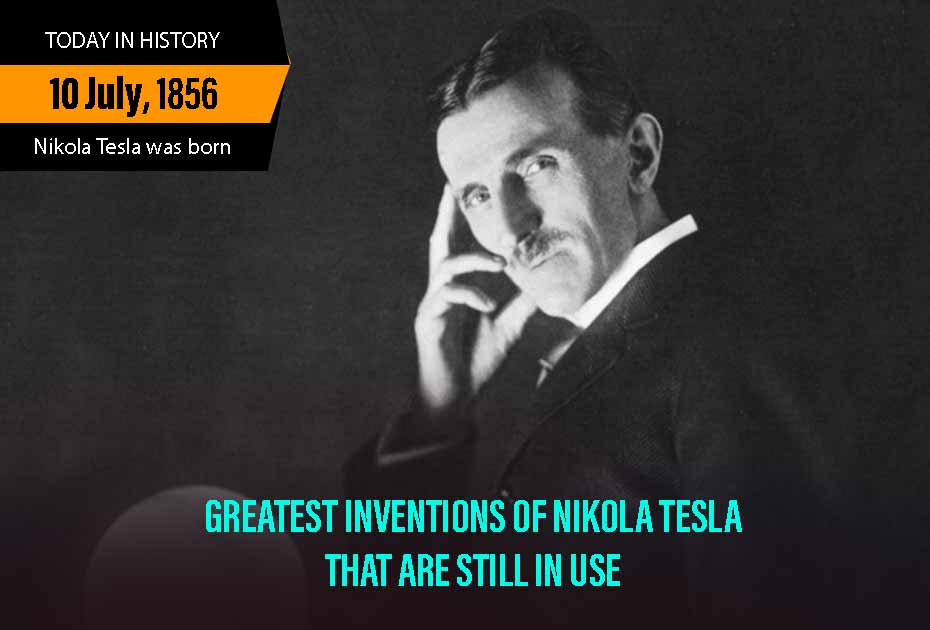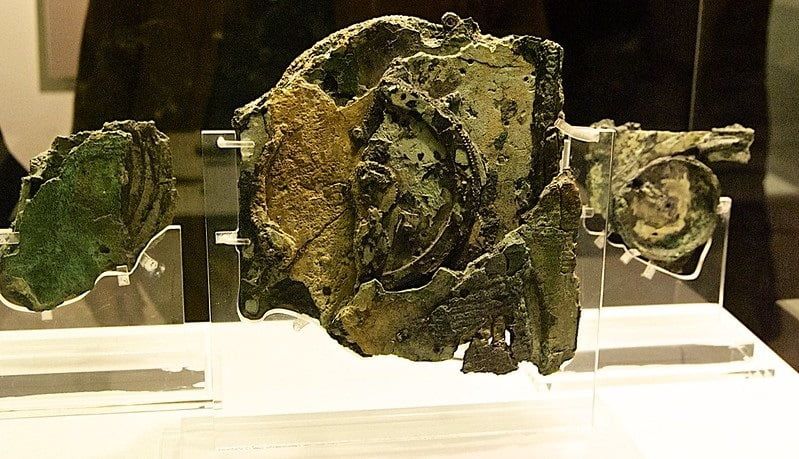A man who can be considered the archetype of an eccentric, innovative genius — Nikola Tesla was a well-known Serbian-American electrical and mechanical engineer and inventor who held around 300 patents for his creations, which he made throughout the course of his life. We shall learn more about the inventions of Nikola Tesla, his patents, Nikola Tesla’s prediction that came true. We will also go through the mystery which surrounds his death — i.e. how did Nikola Tesla die and what happened to his files? Let us take a look.
About Nikola Tesla
Tesla was born on the 10th of July, 1856 in Smiljan, Croatia. He went on in his life to major in philosophy while also studying maths and physics at the University of Prague and the Technical University of Graz. In later life, he was also hired as an engineer by Thomas Edison. This endeavor soon turned sour due to Edison’s unjust appropriation of Tesla’s hard work and diligence.
In the end, Tesla spent his final years in New York, where he continued to work on new discoveries despite deteriorating physical and mental health conditions.
Inventions Of Nikola Tesla
Tesla was an innovative genius. When we talk about the inventions of Nikola Tesla, we cannot go without mentioning how his creations have completely shaped world history and left a mark on our planet. Without further ado, let’s look into the most important inventions by Nikola Tesla.
12 Inventions Of Nikola Tesla That Are Used Even Today
1. The Tesla Coil
One of Tesla’s most sophisticated creations is the electrical coil that bears his name; he made extensive use of it, particularly during demonstrations performed at his lab in New York. Another of Tesla’s inventions, polyphase alternating currents, is used by this coil to build a transformer that can generate extremely high voltages.
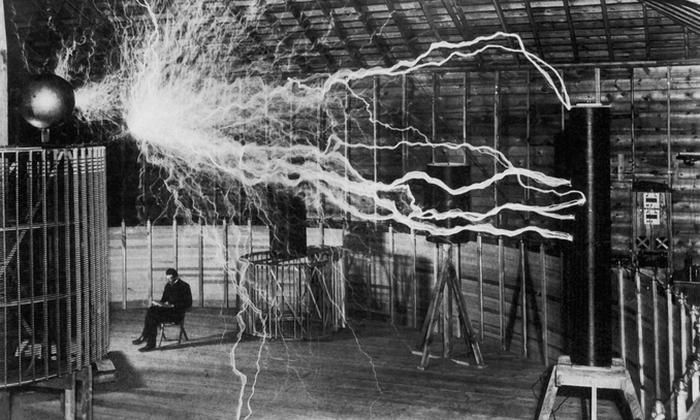
2. Tesla Turbine
In 1913, Nikola Tesla obtained a patent for the Tesla turbine, a bladeless centripetal flow turbine. It is also known as a turbine without blades. It makes use of uniformly spaced parallel, smooth discs.
3. Radio
Tesla created all of the components of radio that we are familiar with today, such as antennae, tuners, etc. but it is Guglielmo Marconi who was given the actual credit for it.

Although the public already regards Marconi as the inventor of the radio, the U.S. Supreme Court decided in 1943 that Tesla’s patent actually took precedence.
Also Read- Nikola Tesla And Mysterious Facts Behind The Number 369
4. Devil Automata
Let the name not scare you. This was another one of the inventions of Nikola Tesla, full of his intellectual grandiose and innovative spark. In essence, he built a remote-controlled boat, made to be displayed at the Madison Square Garden in 1898.
5. Polyphase Induction Motor
Additionally, Nikola Tesla also created the induction motor with a rotating magnetic field, which enabled the machine unit drives and made AC power transmission necessary from a financial, and commercial standpoint.
6. Neon Sign
To be very specific, Tesla did not actually create Neon or fluorescent lights, but he did make improvements to both. He made the first Neon sign using the lights. Although he didn’t create light itself but a method for capturing and distributing it.
7. X-rays (The Shadowgraph)
In terms of X-ray technology, Tesla was a pioneer. As a result of his radiation experiments, he was able to capture the first “shadowgraphs” – as he called them, or X-ray pictures of the human body. This is something that is still used to date.
8. Polyphase Alternating Currents
When the “War of Currents” was going on between Tesla and Edison, Tesla drew attention to Edison’s direct current electrical power plants’ inefficiency.
Later on, George Westinghouse purchased 40 of Nikola Tesla’s basic U.S. patents for his polyphase alternating current technology, which he developed and owned.
Also Read- How Edison stole Tesla’s Inventions
9. Robotics
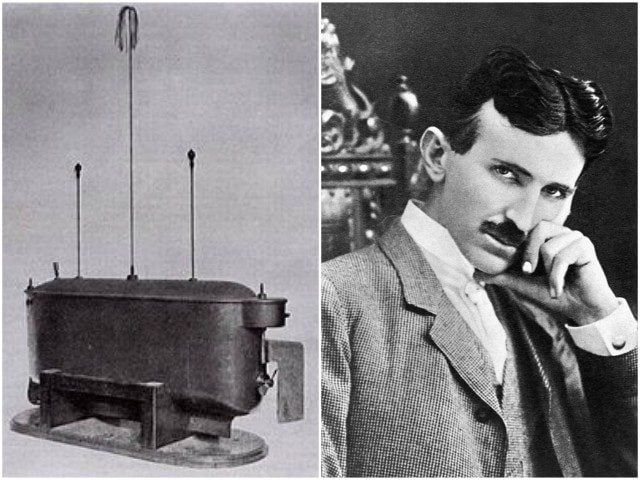
It is important to note how Tesla’s remote-controlled boat was actually the first step toward the establishment and development of modern-day Robotics. Tesla’s invention is deemed the real beginning of robotics, despite the fact that he is rarely ever given credit for it.
10. The Magnifying Transmitter
The magnifying transmitter was actually a modification of the Tesla coil. The magnifying transmitter was set to the Earth’s inherent resonant circuit rather than being made to discharge to the planet in order to produce standing waves of electrical energy. This could be captured by a tuned receiving circuit.
11. Tesla-Westinghouse Power Plant and Transformer House at Niagara Falls
In Niagara Falls, New York, in 1895, Nikola Tesla and George Westinghouse constructed the first hydroelectric power plant. Tesla’s technique, which is regarded as the first power plant, was applied globally to supply the general public with electricity.
12. Laser Beams
A speculative particle beam or electromagnetic weapon known as the death ray or death beam was first theorized in the 1920s and 1930s. This was one of Nikola Tesla’s most mysterious, speculated inventions ever. For years, Tesla teased the existence of a “teleforce” weapon that could crash planes from a distance of 250 miles.
13. Wireless Communication
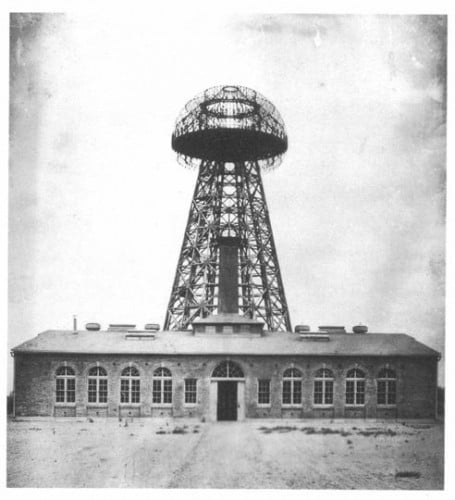
With the help of $150,000 from J.P. Morgan, Nikola Tesla built a tower that would transmit data using the innate frequencies of the cosmos, including a wide variety of information that could be shared through images, voice messages, and text. This was the first wireless communication in history.
These are some of inventions of Nikola Tesla that have completely altered the course of mechanical science.
Nikola Tesla’s predictions came true. It can be argued that Nikola Tesla’s intellect went way beyond his own expertise, to the point of predicting what could come from the future of science. Let’s discuss:
Also Read- Little Facts About Thomas Edison You Must Know
Nikola Tesla’s Predictions That Came True
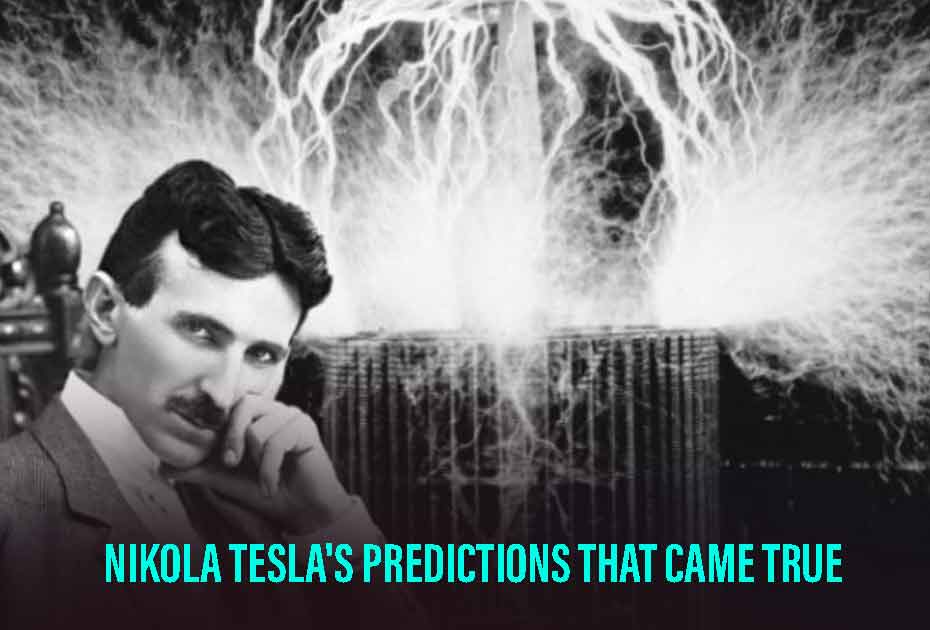
1. Smartphones
Based on his hypothesis of the concept of a technology that could transmit images, music, and even video across the globe, he gave the term “vest-pocket” technology and may have actually foreseen the future development of a potential smartphone, nearly a century before it was even made.
2. Drone Technology
Tesla showed off a wireless, remote-controlled “tele-automaton” (what most of us would today describe as a remote-controlled boat) in 1898. We can say that he wasn’t too far off in his prediction that remote-controlled devices might someday play a very crucial role, given the advancements in drone technology we’ve witnessed in the past decade.
3. Wi-Fi
Following the development of the internet in the early 1990s, Nikola Tesla’s prediction that data transmission would no longer require cables was acknowledged.
4. Self-driven Cars
Even back in his time, he made a suggestion to some officials of a sizable manufacturing company regarding the creation and public display of a vehicle carriage that, left to its own devices, would carry out a wide range of tasks involving independent judgment. By this independent judgment, we can clearly assume he predicted the existence of self-driven, automatic cars.
Nikola Tesla’s Patents
When it comes to Nikola Tesla’s patents, the inventor received almost 300 patents. Tesla had a total of 112 US patents that were registered; the number of patents Tesla possessed in other nations is still up in the air. Apart from the US, 196 patents held by Tesla have so far been located in further 26 nations. These patents were issued in France, where the most were granted — around thirty.
Tesla received 23 patents in 22 nations for his pump and turbine inventions, which are covered by the most international patent protection. In contrast, 54 US patents issued to Tesla do not really have international counterparts. Later in 1889, Tesla filed the most patent applications, all of which were for his polyphase system.
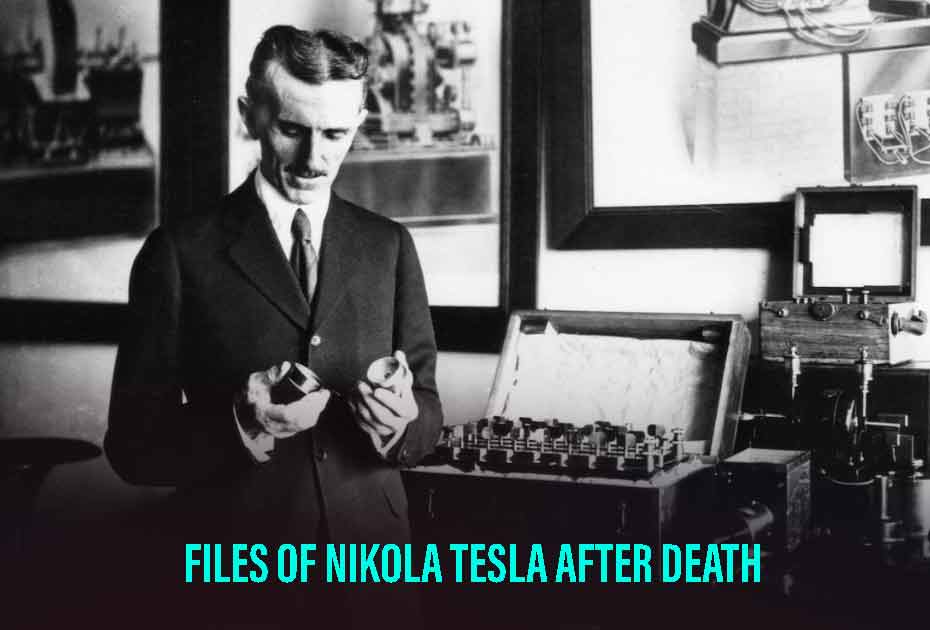
How Did Nikola Tesla Die: Files Of Nikola Tesla After Death
There are certain questions pertaining to Nikola Tesla’s demise. How did Nikola Tesla die? Another question that plagues the mind is what happened to Nikola Tesla’s belongings, files, and papers that were seized by the American government after his death?
At the Hotel New Yorker, completely alone and in debt, Nikola Tesla passed away on January 7, 1943. He was 86 years old and had spent his entire life in cramped motel rooms, never having stopped working on inventions. Coronary thrombosis was the cause of death for Tesla.
The real mystery soon followed. After Nikola Tesla passed away, Sava Kosanovi, his nephew, hurried to the Hotel New Yorker. He saw something that disturbed him to no end — not only was his uncle’s body somehow missing, but it appeared that someone had also taken a lot of his paperwork, files, belongings, and notes.
It was said that in the last years of his life, he had made claims of working on inventions that could potentially alter the course of war and peace. The U.S. government wanted access to these files and to uncover the mystery of his claims. The government had asked John G. Trump, an MIT physicist and the uncle of former President Donald Trump, to evaluate Nikola Tesla’s papers three weeks following his unfortunate demise.
After inspecting Tesla’s papers, he concluded that the majority of the notes were speculative and quite philosophical in nature and not what the government was truly searching for.
Conclusion
A man of intellect, grandiose, eccentric nature, and a futurist visionary, Nikola Tesla’s later life was shrouded in mystery, longing, and loneliness. A man of such great prestige was reduced to a poor mental state. It has even been found that Nikola Tesla’s only company at a later age was a pigeon, who he revered deeply. He had also started exhibiting compulsive behavior, showing an obsession with the number 3. People had long forgotten his legacy by then, and Tesla became very reclusive. He lived in isolation and claimed to work on papers at the Hotel New Yorker.
Although the end to him may have been an unfortunate one, his legacy which was once forgotten can be felt even to date. His predictions, his visions, and his inventions have shaped the world, and the impact can be felt even today. He’s a figure in history that can never be easily forgotten.
For more related posts, visit Discover.

